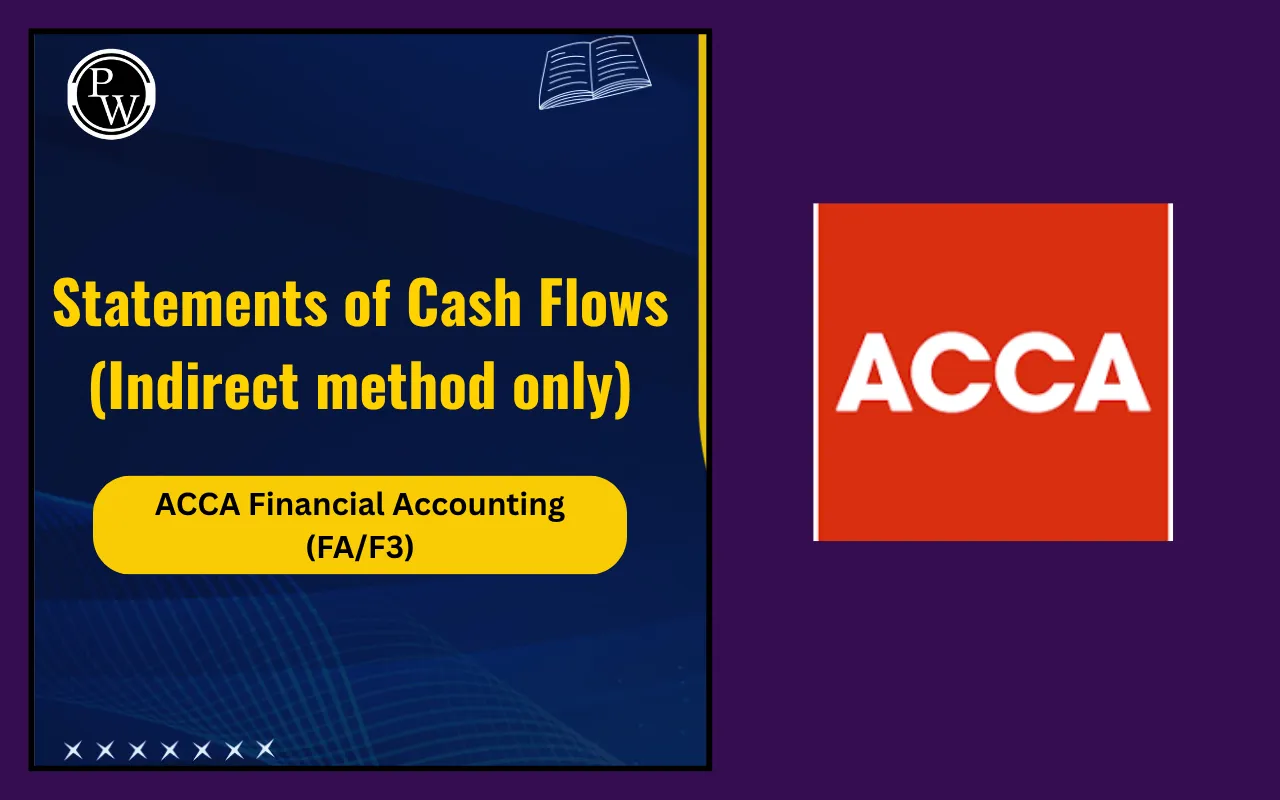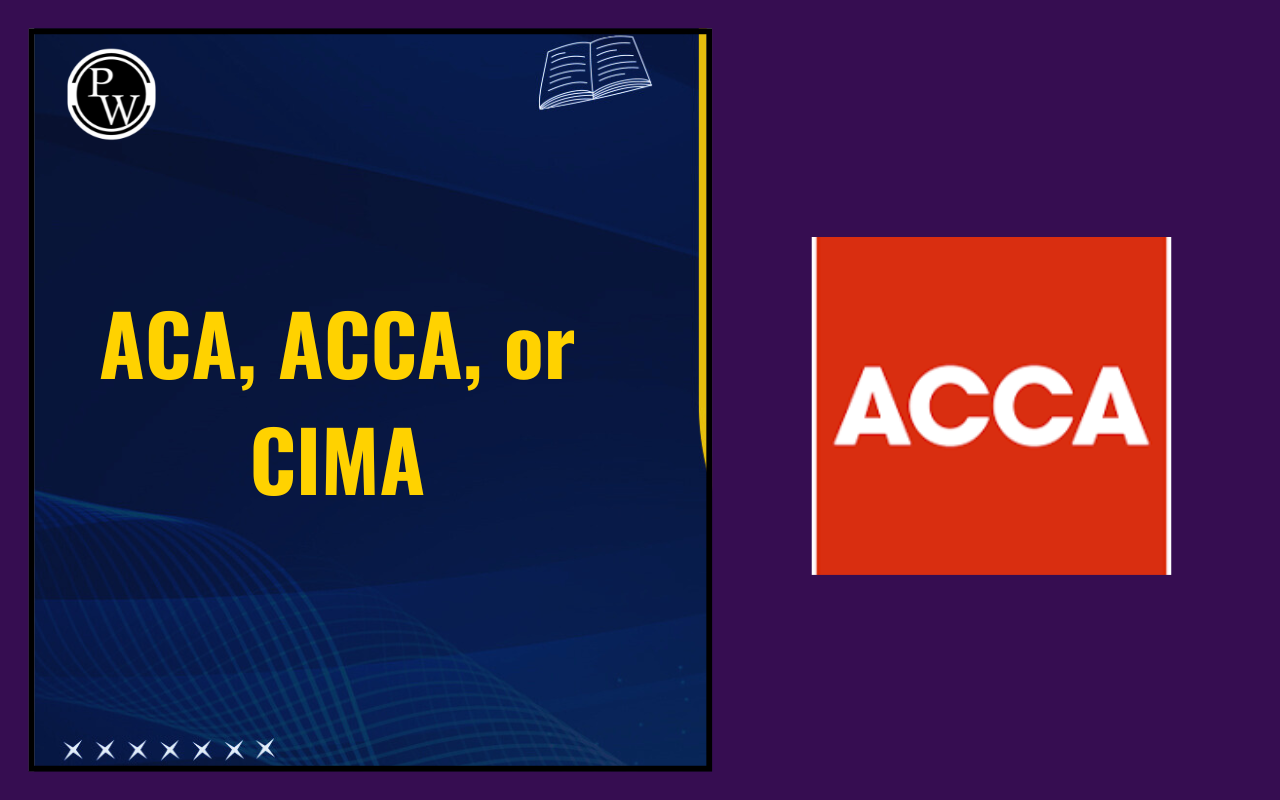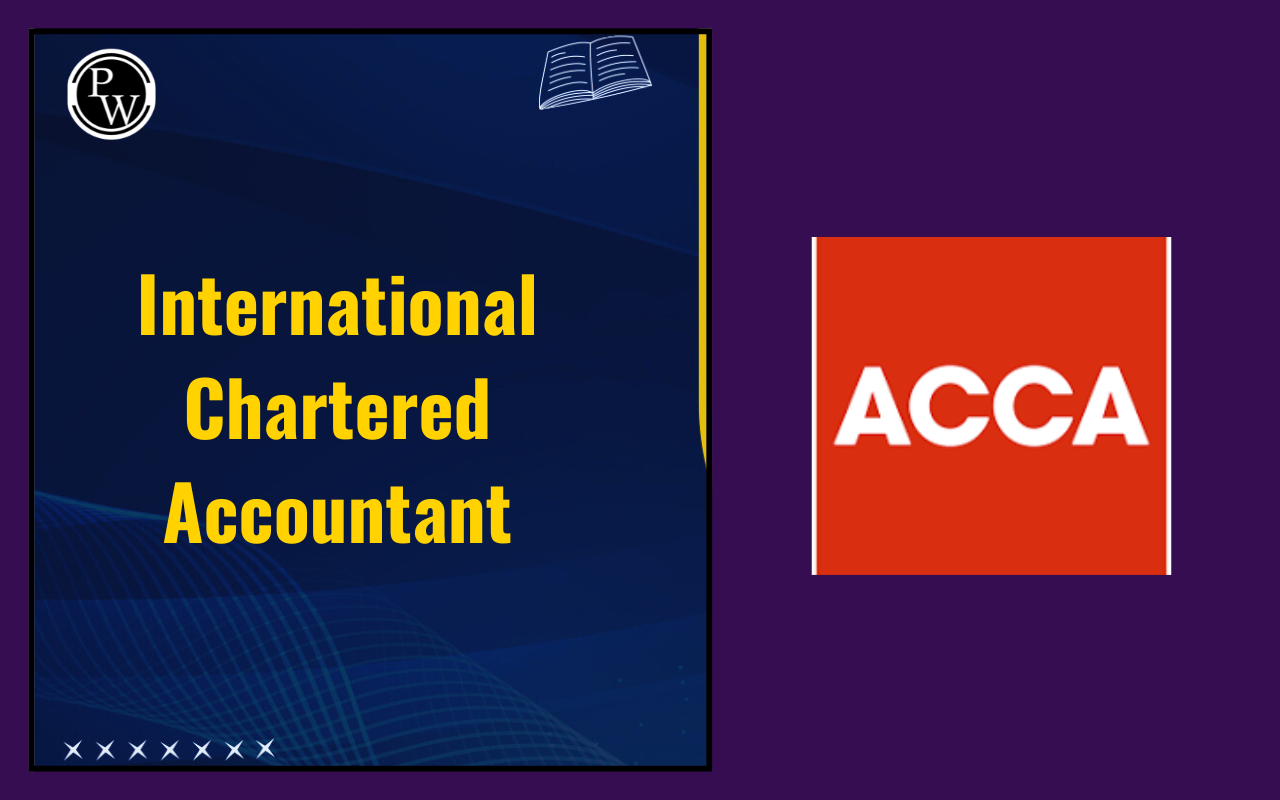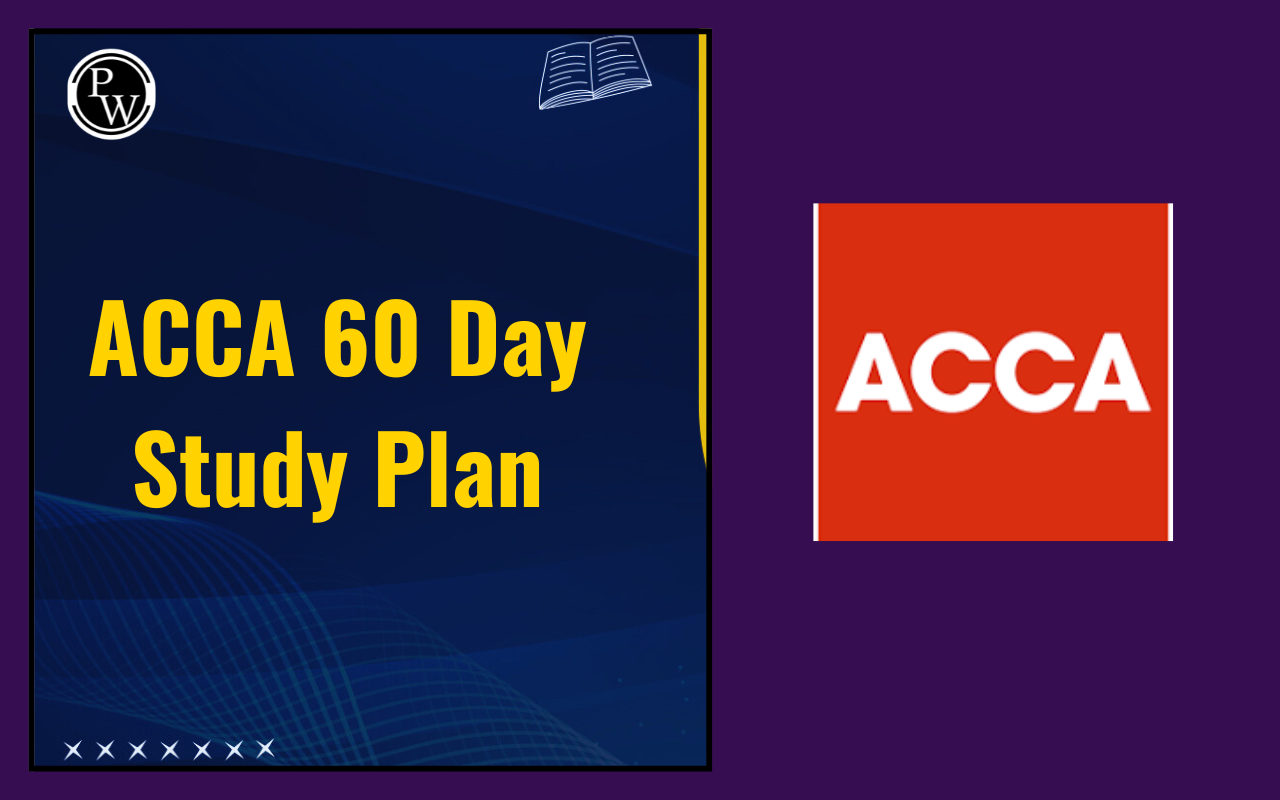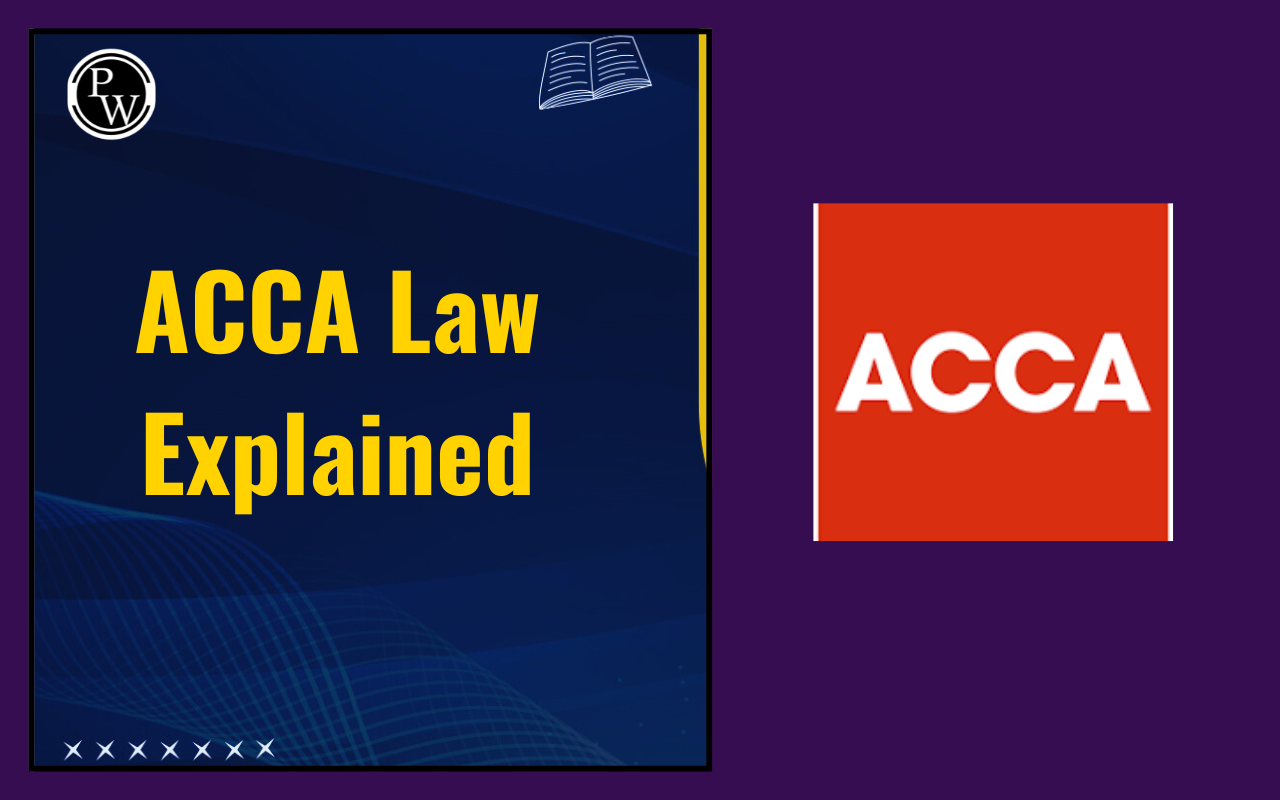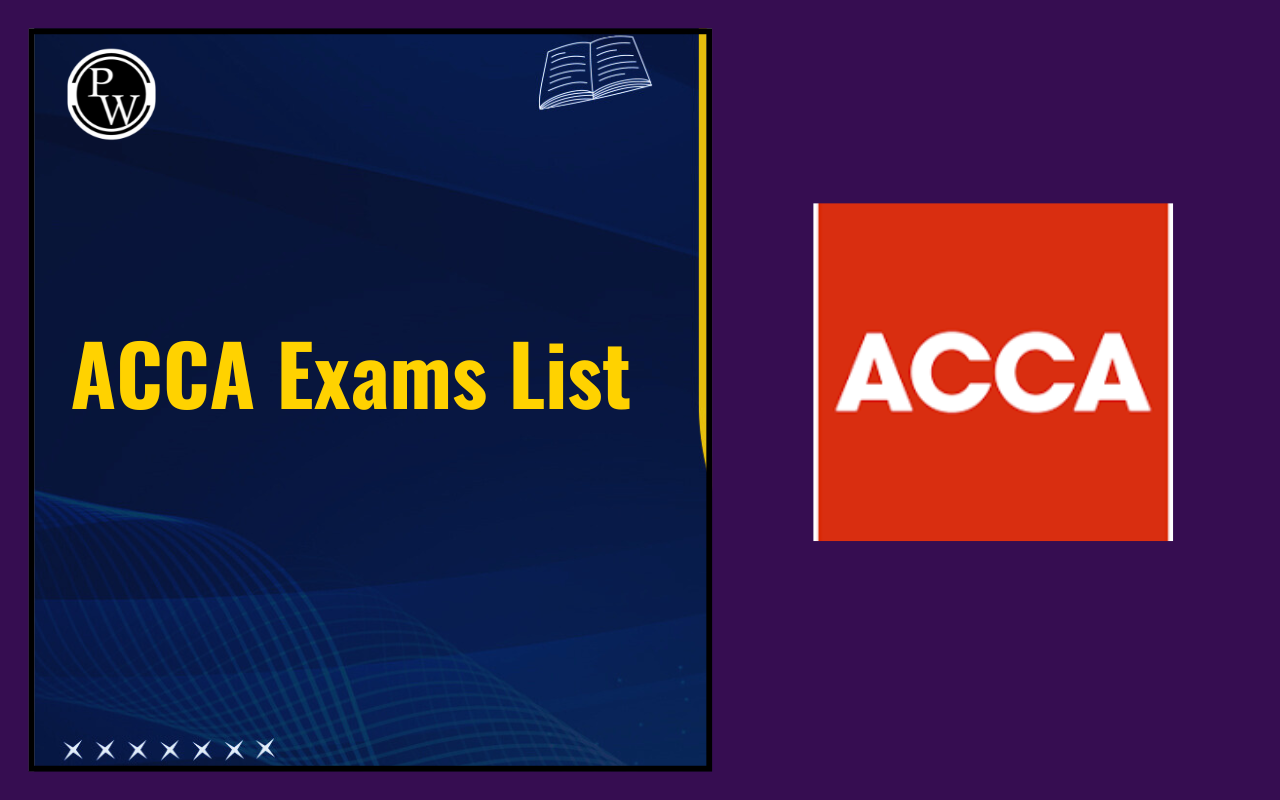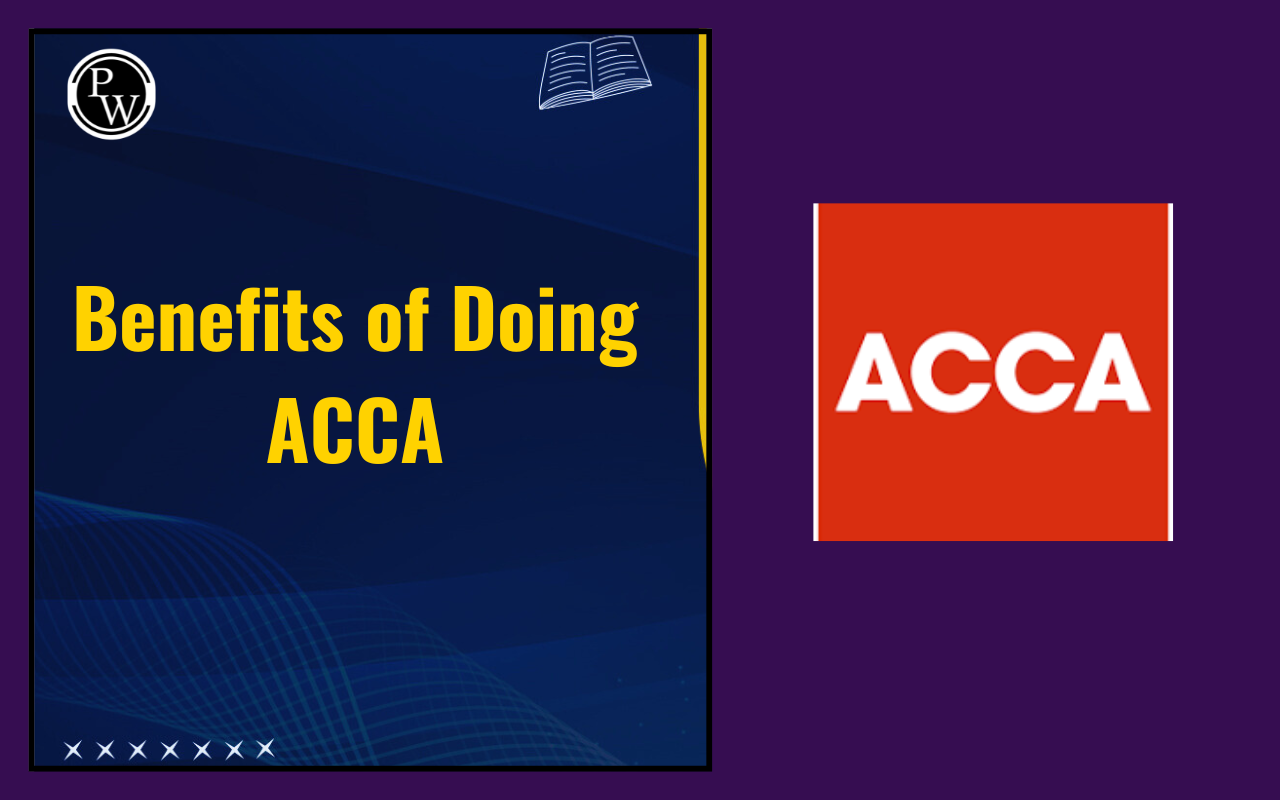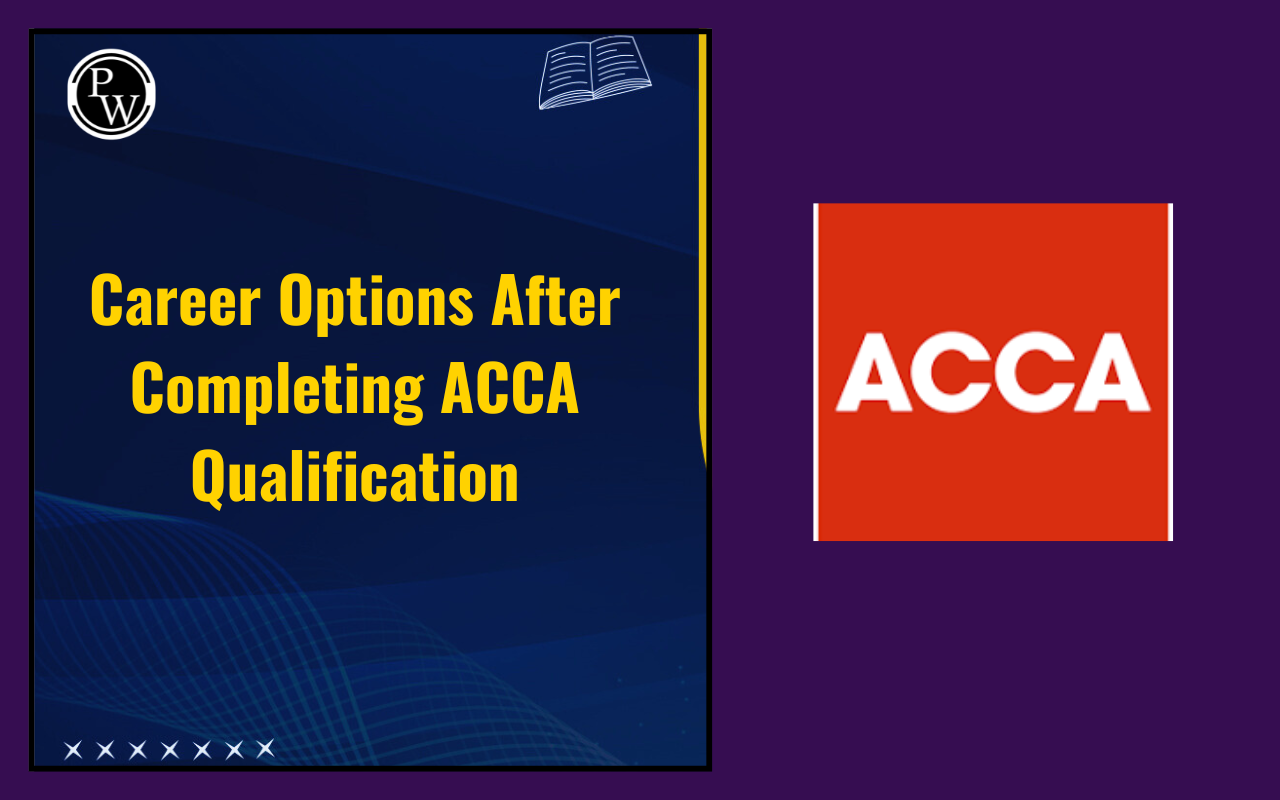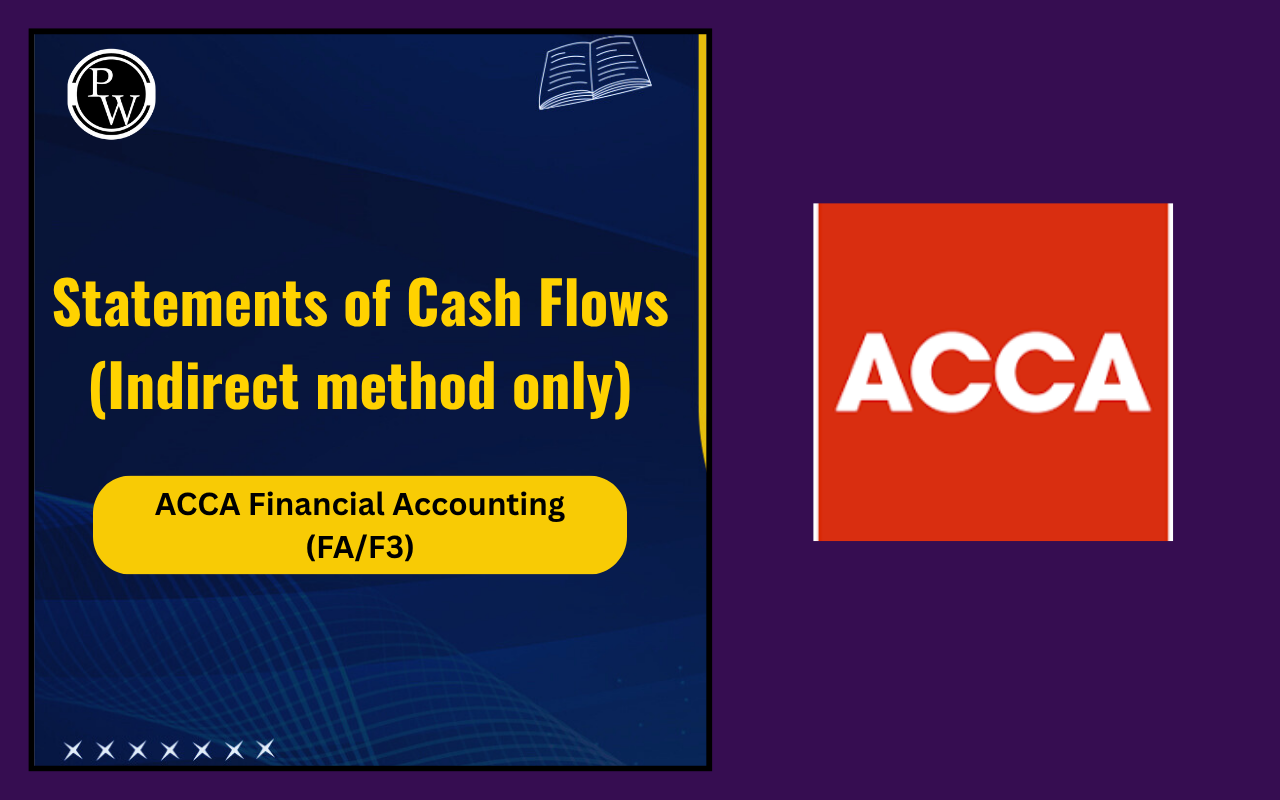
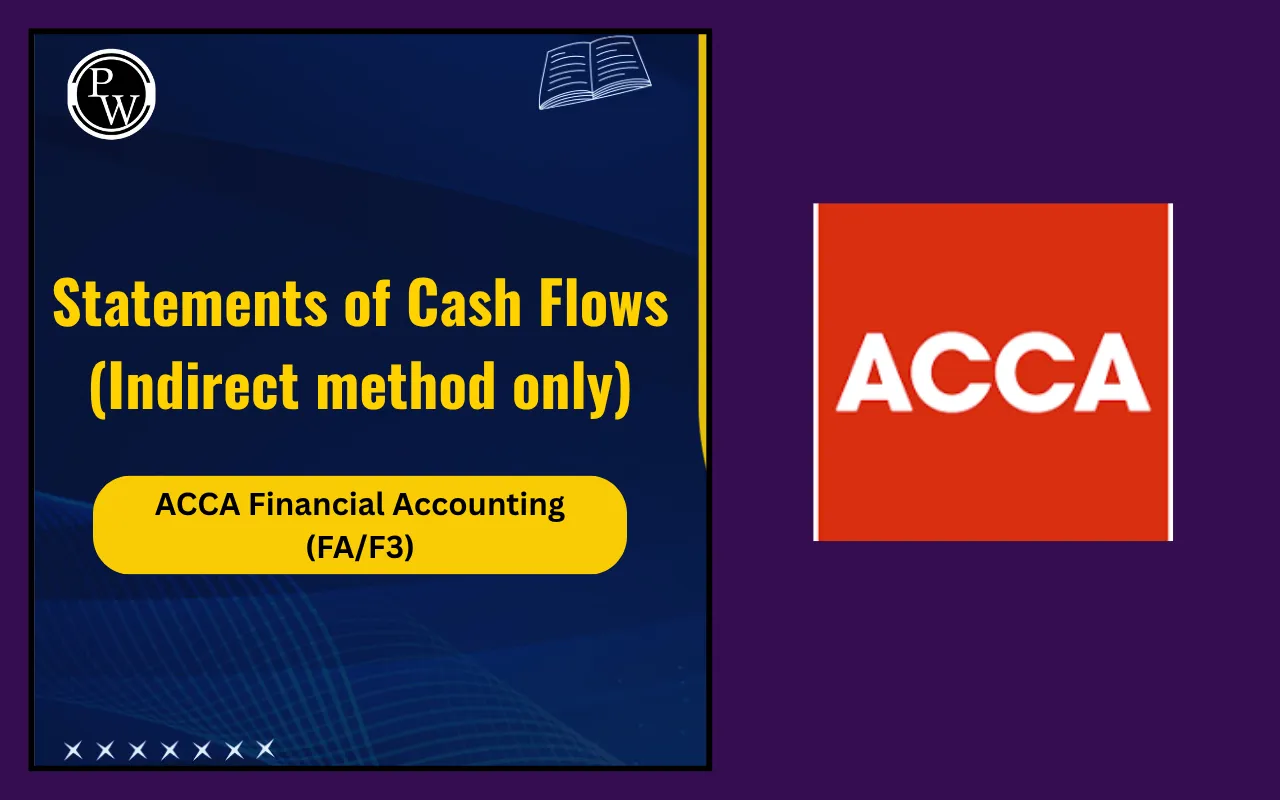
Statement of Cash Flows ACCA is a very important part of financial accounting. It explains how cash enters a business and how it goes out during a period. Unlike the Profit and Loss account, which records profits, this statement focuses only on actual cash.
For students preparing for the ACCA FA/F3 exam, the indirect method is the most relevant. This method is often tested, and it requires a clear understanding of non-cash adjustments and changes in working capital. When students learn the indirect method properly, they can attempt exam questions with confidence.
What is the Statement of Cash Flows?
The Statement of Cash Flows ACCA is one of the main financial statements, along with the Profit and Loss account and the Balance Sheet. It does not show how much profit a business earns, but shows how much cash is generated and used. This statement is divided into three parts:
|
Statement of Cash Flows ACCA |
↓
|
Operating Activities |
Investing Activities |
Financing Activities |
In the ACCA FA/F3 exam, the main focus is on operating activities. Students must learn how to prepare operating cash flows using the indirect method. This makes it easier to connect profit figures with real cash movements.
Indirect Method in Statement of Cash Flows
The indirect method is the approach used in the Statement of Cash Flows ACCA, to calculate net cash from operating activities. Instead of listing every cash receipt and cash payment, we start with profit before tax and then make adjustments.
The adjustments include adding back non-cash expenses, removing non-operating gains, and making changes for working capital. This is why the Indirect method cash flow ACCA exam is considered practical. Students can prepare it directly from the Profit and Loss account and Balance Sheet without tracking every cash transaction.
Important Adjustments in Statement of Cash Flows
Before learning the process, students must understand the key adjustments. These adjustments ensure that profit is converted into real cash figures. In the Statement of Cash Flows ACCA, these adjustments play the biggest role in exam questions.
| Important Adjustments in Statement of Cash Flows | |
| Adjustment | Treatment in the Indirect Method |
| Depreciation | Added back because it reduces profit, but does not reduce cash |
| Amortisation | Added back as it is a non-cash expense |
| Profit on the sale of an asset | Subtracted because it increases profit, but does not bring operating cash flow |
| Loss on sale of asset | Added back because it reduces profit, but is not a cash outflow |
| Increase in inventory | Subtracted as more stock means more cash used |
| Decrease in inventory | Added as it frees up cash |
| Increase in receivables | Subtracted because more money is tied up in customers |
| Decrease in receivables | Added as it means more cash collected |
| Increase in payables | Added as it delays cash payment to suppliers |
| Decrease in payables | Subtracted as it means more cash has been paid out |
These adjustments are linked with Operating activities cash flows (non-cash adjustments) and Working capital changes in cash flow statements, which are critical for students to understand.
Step-by-Step Process of the Indirect Method of Cash
Below, we’ve mentioned a simple process to prepare the Statement of Cash Flows ACCA using the indirect method:
Step 1: Start with profit before tax.
Step 2: Add back non-cash expenses like depreciation and amortisation.
Step 5: Subtract any non-operating income, like profit on the sale of assets.
Step 6: Add back non-operating losses like loss on sale of assets.
Step 7: Adjust for working capital changes in cash flow statements:
- Increase in inventory and receivables = subtract
- Decrease in inventory and receivables = add
- Increase in payables = add
- Decrease in payables = subtract
Step 8: Subtract interest paid (if required by exam format).
Step 9: Subtract tax paid.
Step 10: The final figure is net cash from operating activities.
Tips to Approach Indirect Method Questions in ACCA FA/ F3
Students sometimes feel that the indirect method is difficult. But if they follow a systematic approach, the Statement of Cash Flows ACCA becomes much easier to handle in the exam.
| Tips to Approach Indirect Method Questions in ACCA FA/ F3 | |
| Tip | Explanation |
| Always start with profit before tax | This ensures students have the right base for adjustments. Without this, calculations will be incorrect. |
| Carefully add back non-cash expenses | These reduce accounting profit but not cash, so they must be reversed in operating cash flows. |
| Exclude non-operating gains and losses | Items like profit on asset sales should be adjusted because they do not reflect operating cash movements. |
| Pay close attention to working capital adjustments | An increase in inventory or receivables reduces cash, while an increase in payables increases cash. The logic may seem opposite, but it is essential for accuracy. |
| Practice past exam questions | Regular practice helps students become familiar with the format of the Indirect method cash flow ACCA exam questions and avoid confusion during the test. |
Common Students' Mistakes in the Indirect Method Cash Flow
Even when students know the format, they make mistakes. Below, we’ve mentioned some common errors in Statement of Cash Flows ACCA exams:
Forgetting non-cash adjustments: Many students forget to add back depreciation or amortisation. This leads to wrong answers.
Confusing profit and cash: Profit does not equal cash. Students often forget that cash flow focuses on liquid money, not accounting profit.
Incorrect working capital adjustments: Increases and decreases in inventory, receivables, and payables are often treated the wrong way. Understanding working capital changes in cash flow statements is vital.
Wrong treatment of asset sales: Profits and losses from the sale of assets should be adjusted. But many students either ignore them or put them in the wrong section.
Not following the right order: The steps of the Indirect method cash flow ACCA exam must be followed in sequence. Otherwise, errors occur in the final figure.
Statements of Cash Flows FAQs
Why is the Statement of Cash Flows ACCA important in financial accounting?
Why does the ACCA FA/F3 exam focus on the indirect method?
What are the main non-cash adjustments in operating activities cash flows?
How do working capital changes in cash flow statements affect the indirect method?

